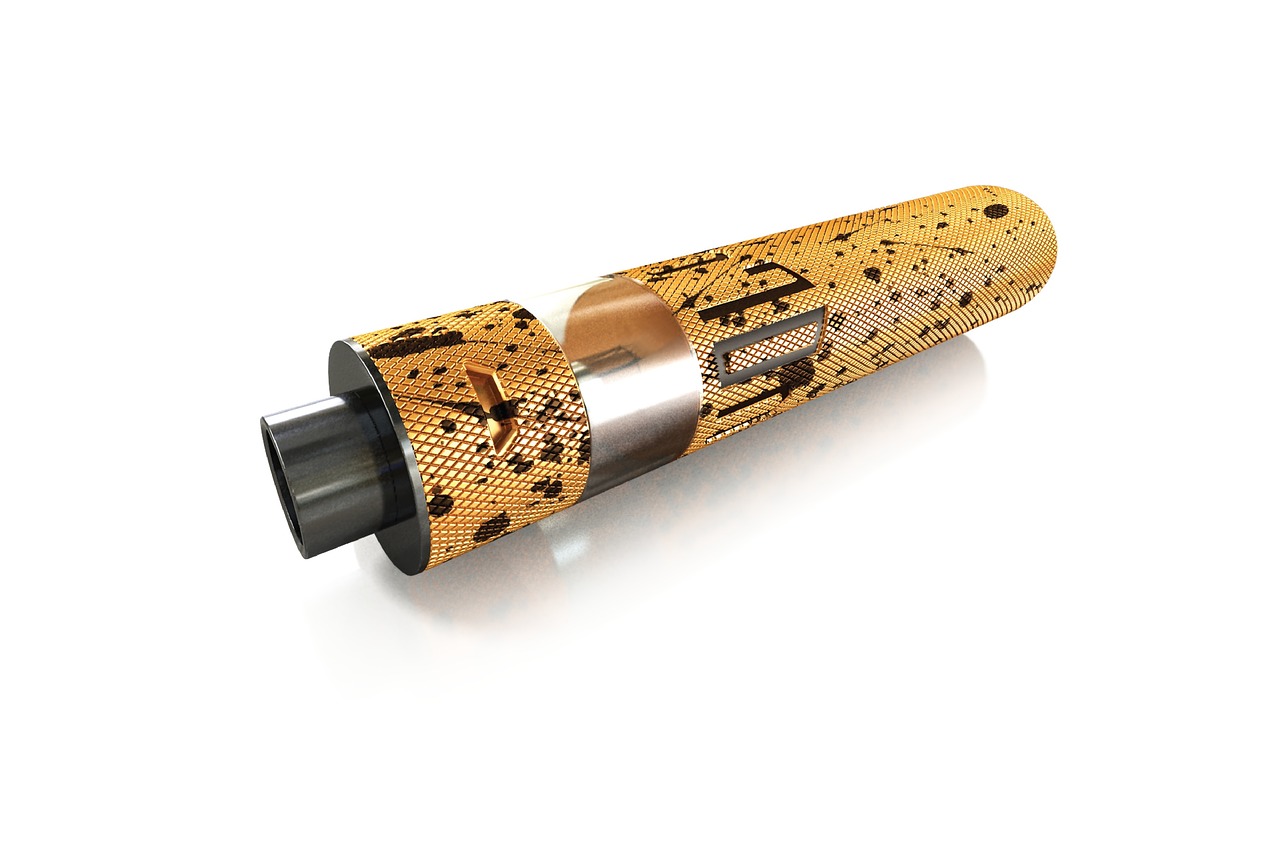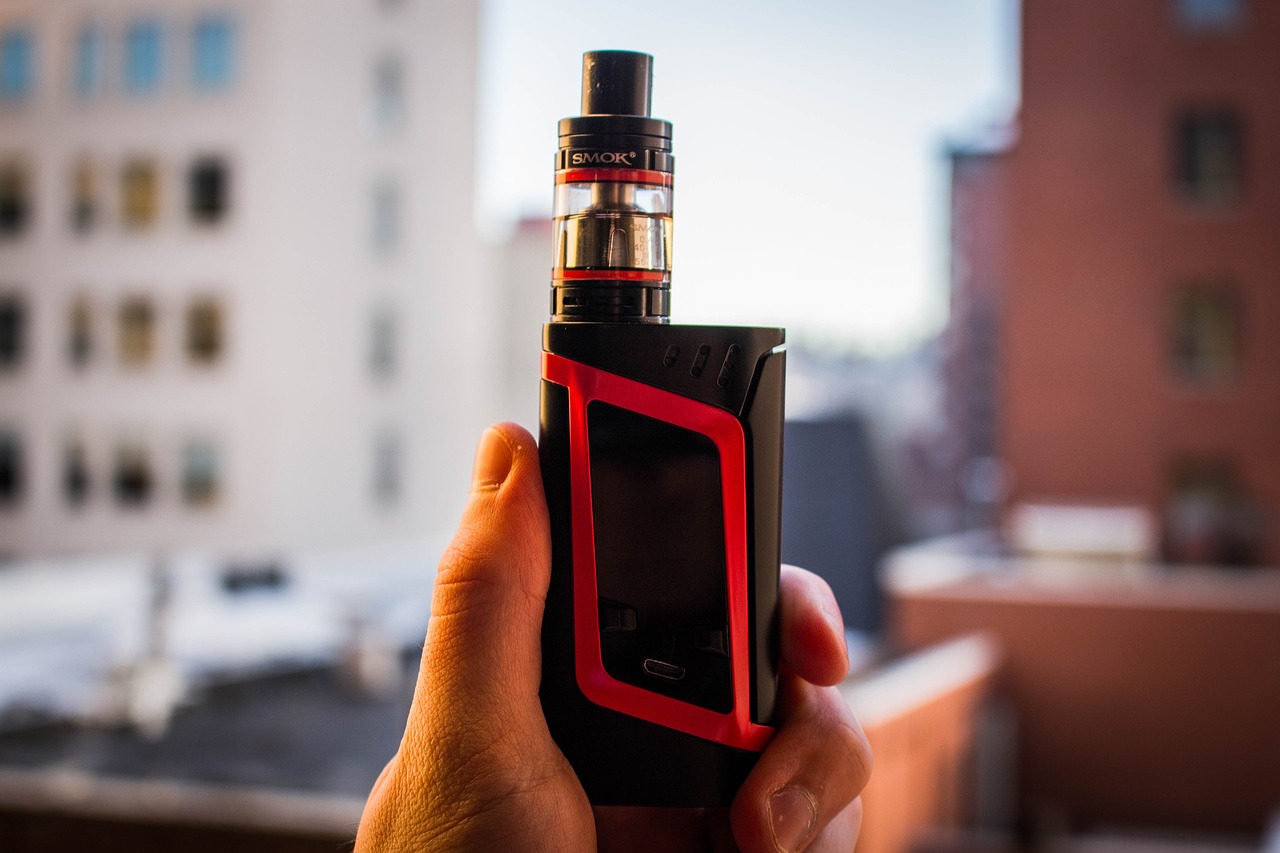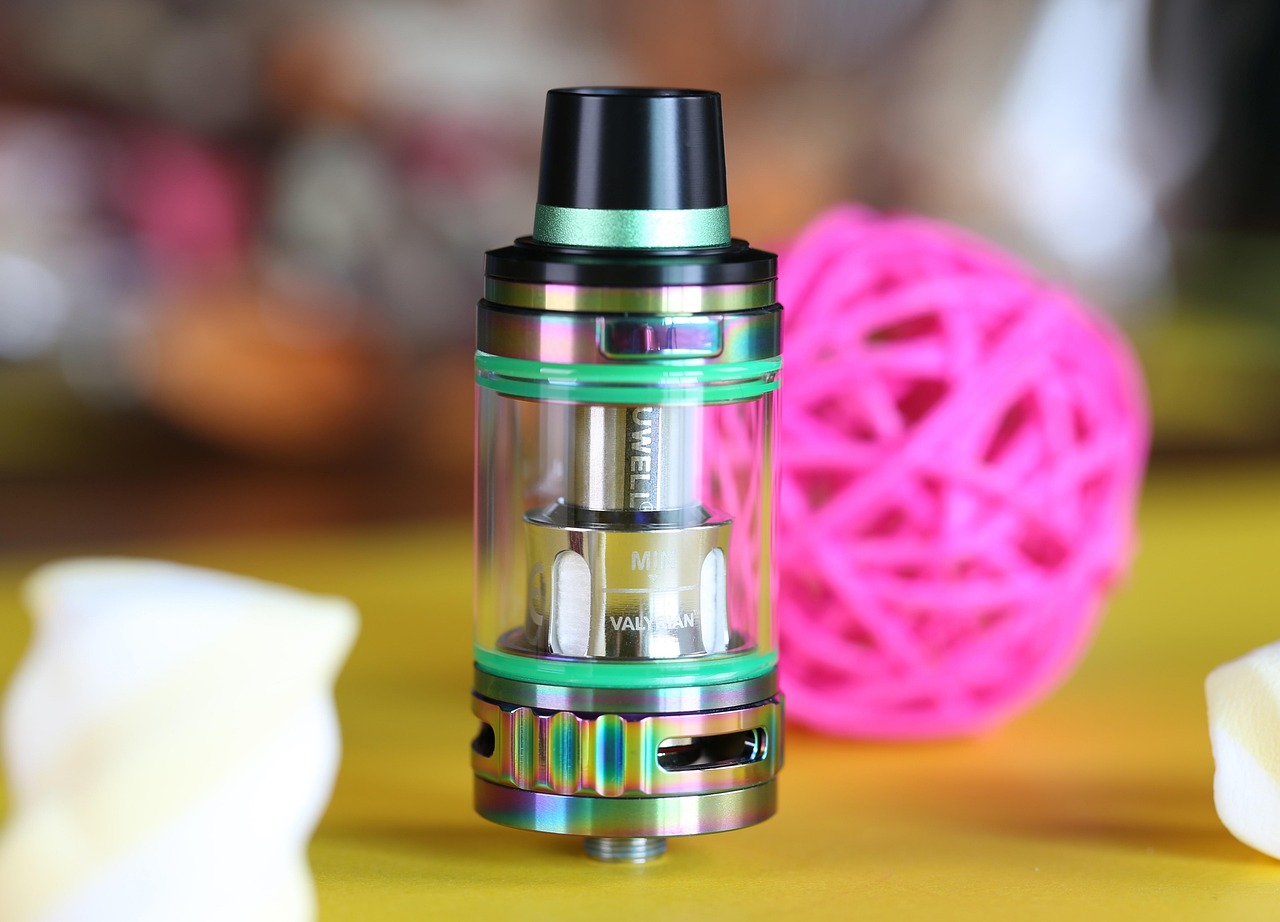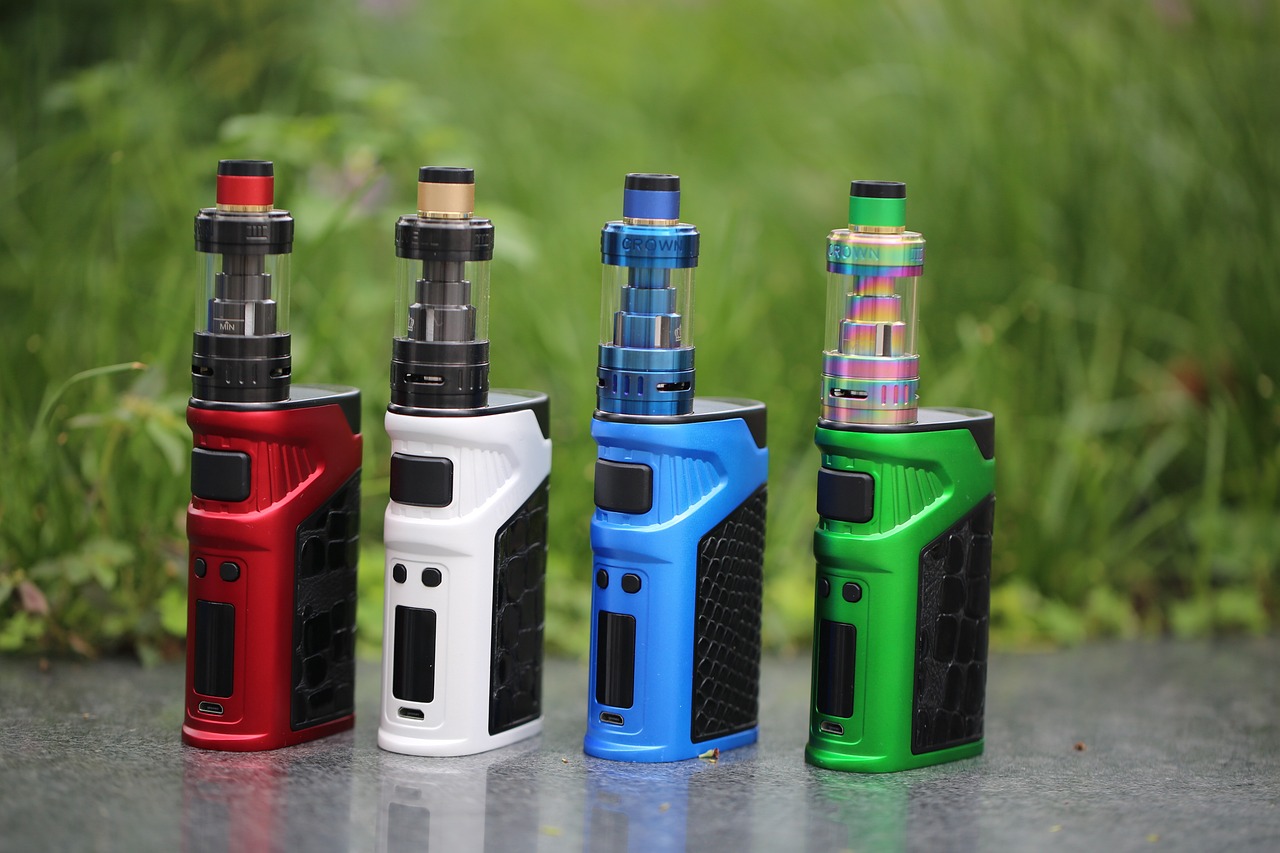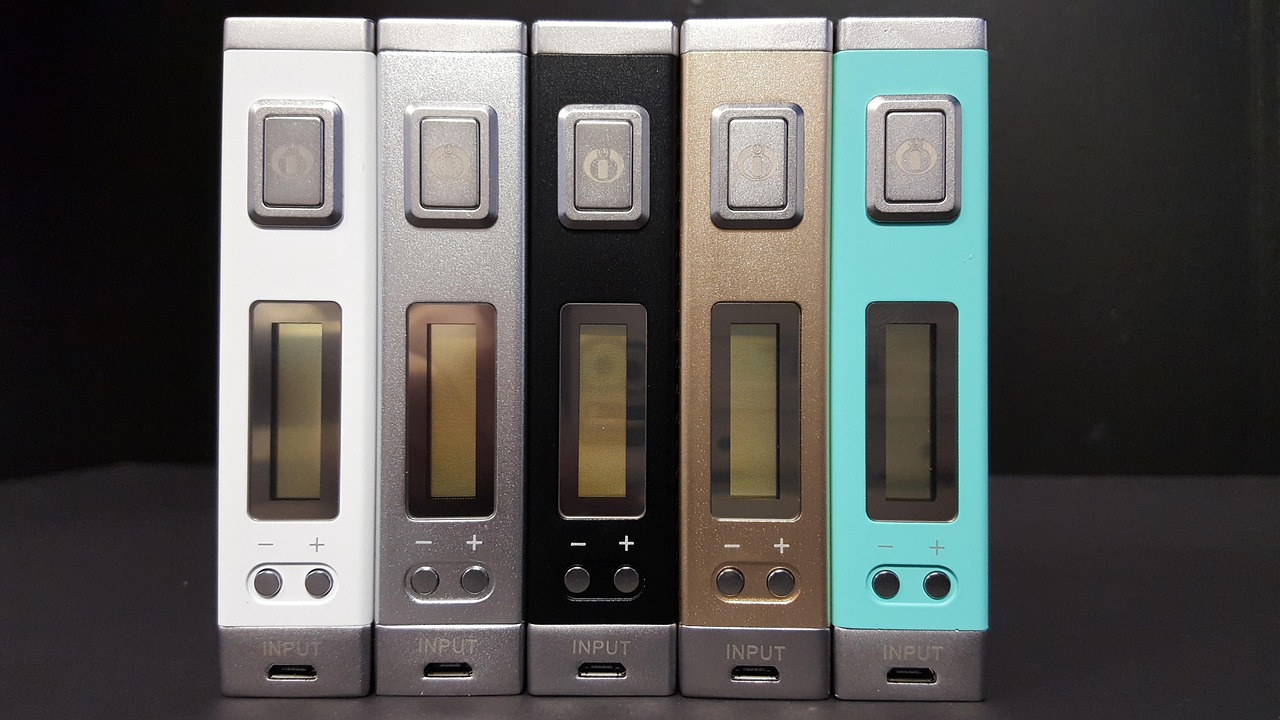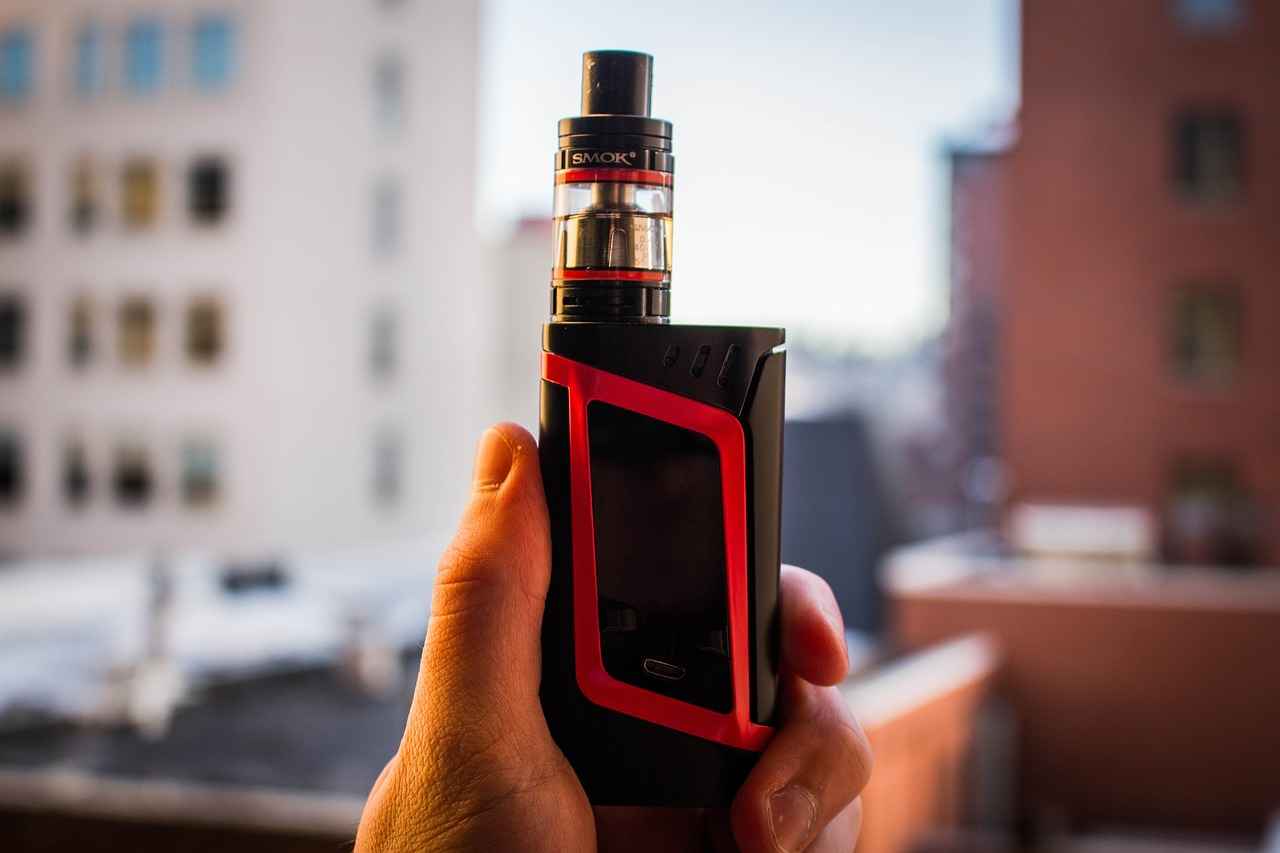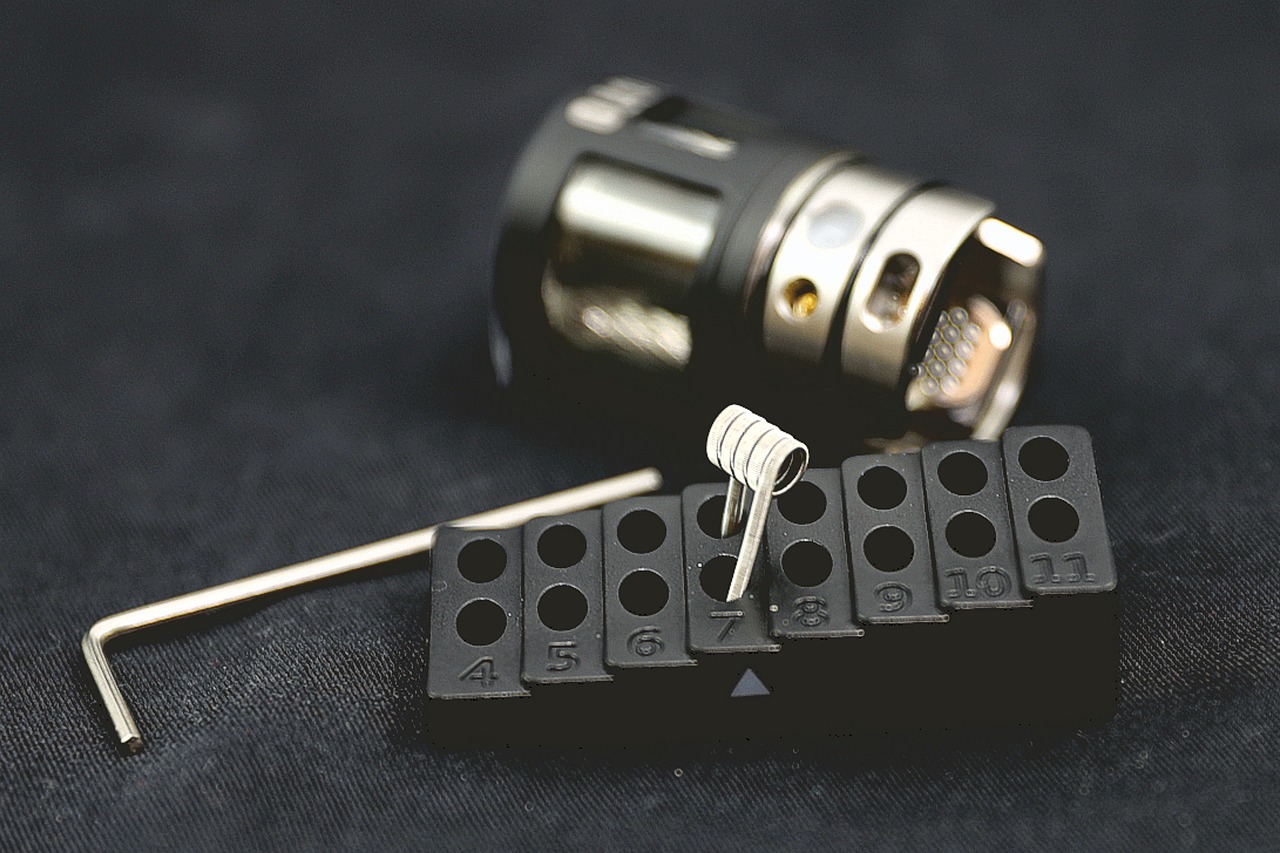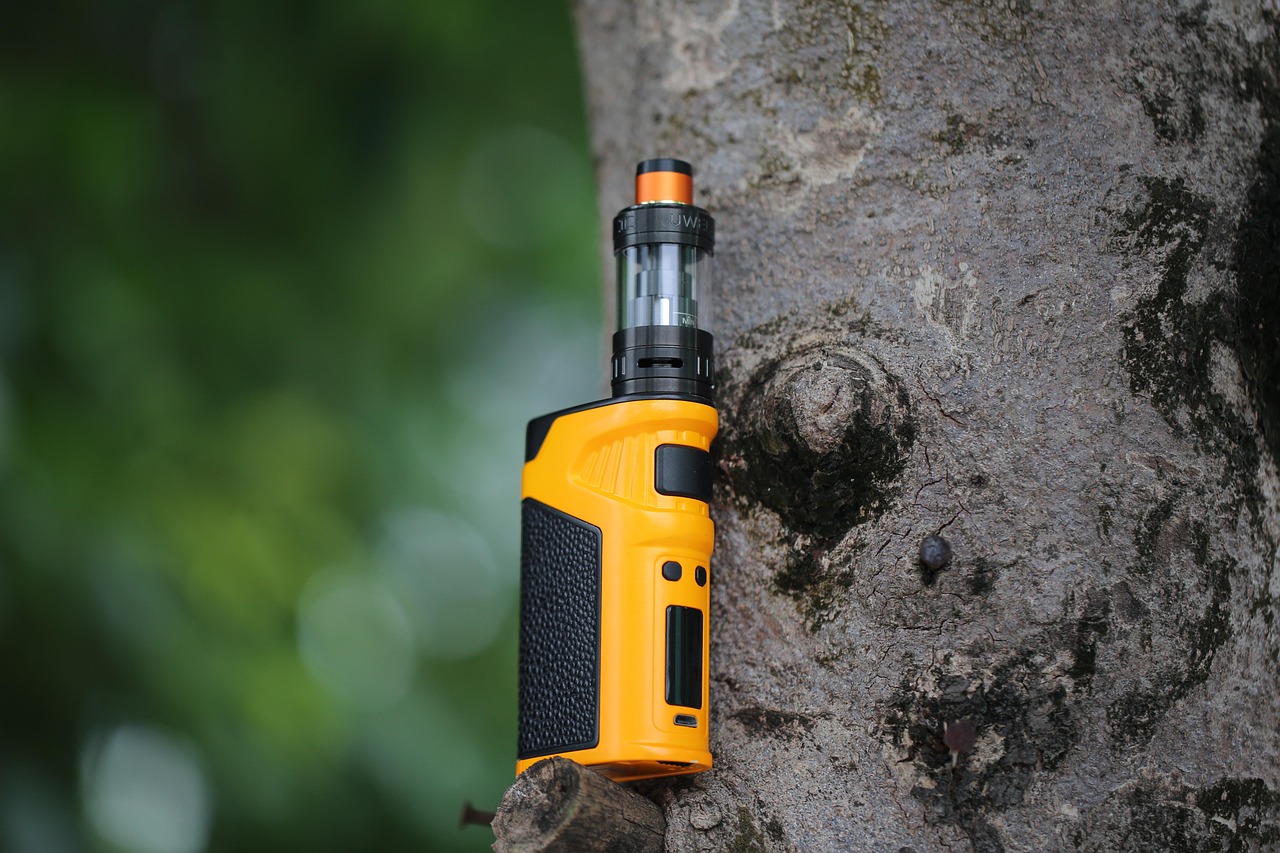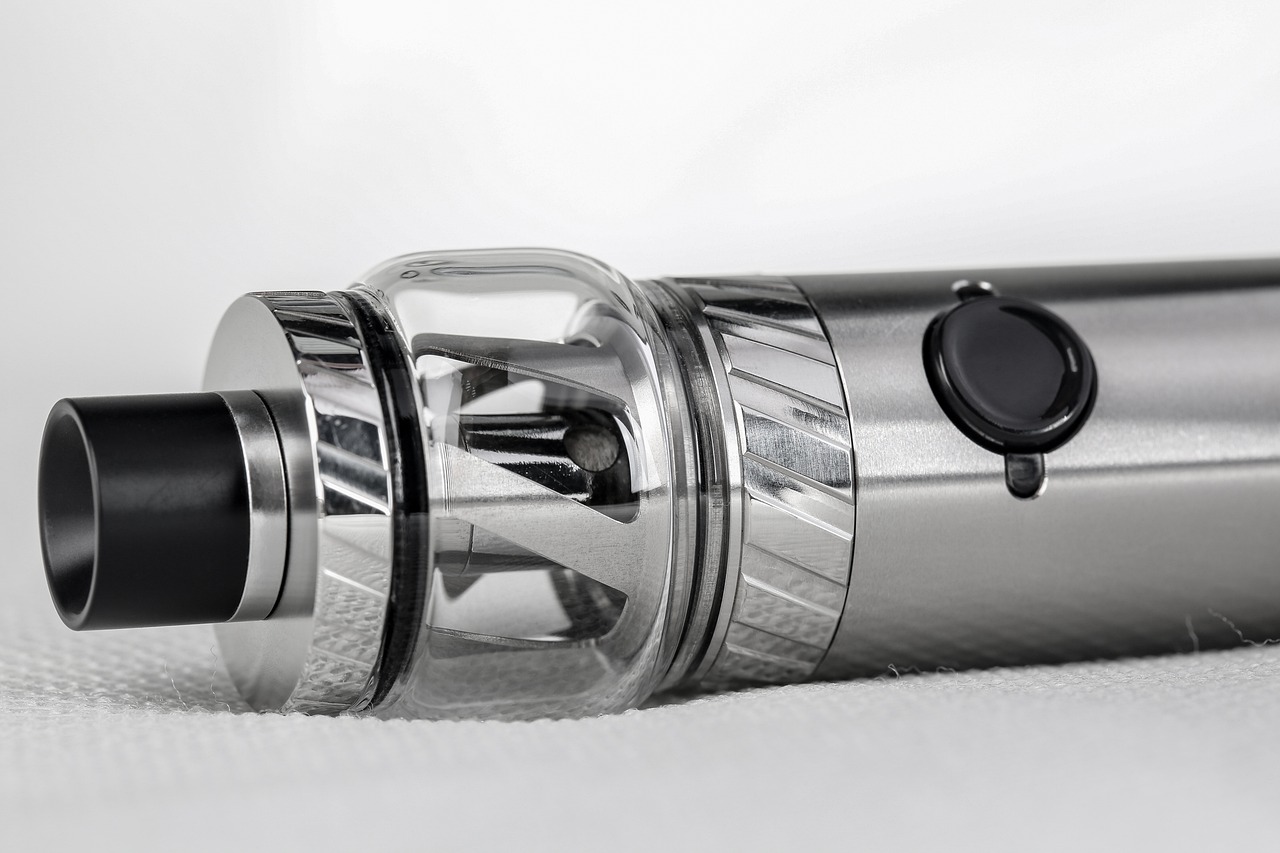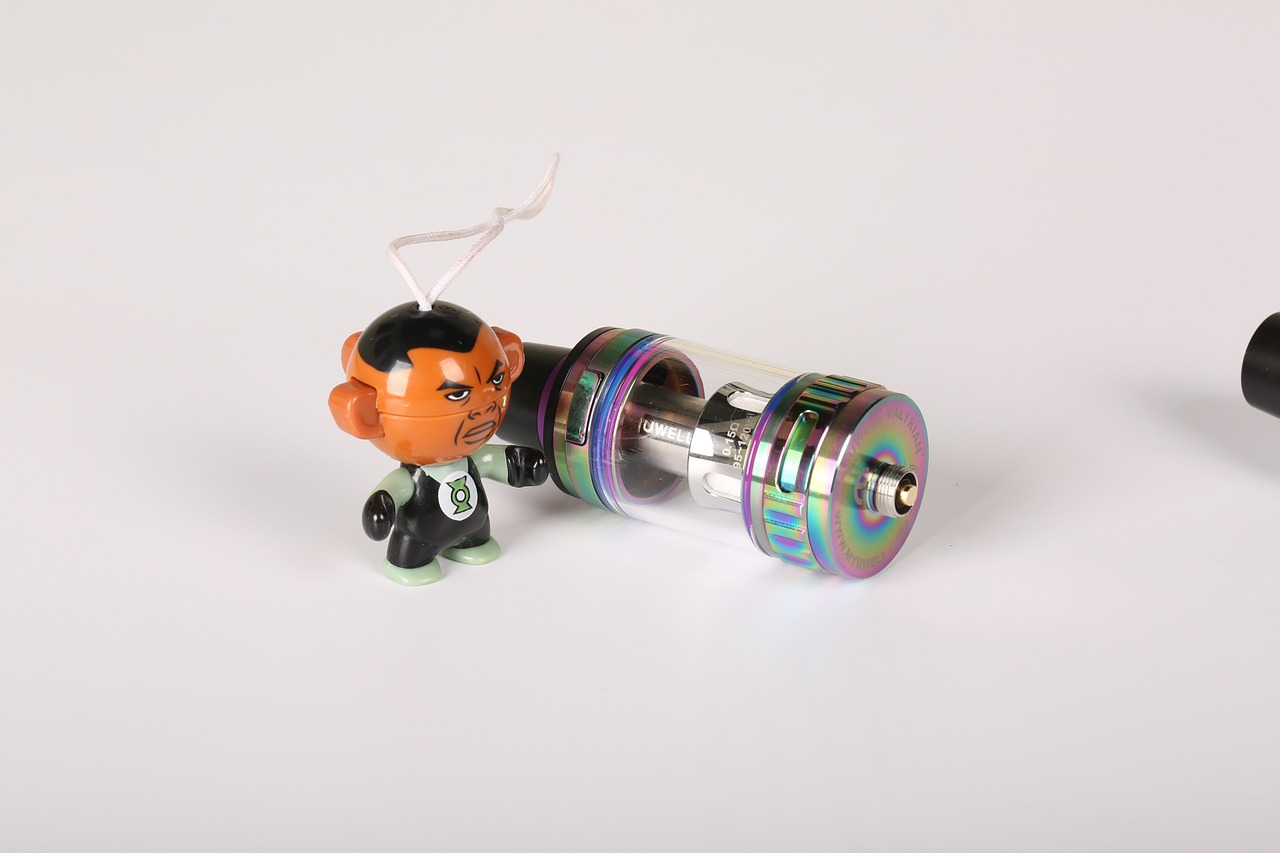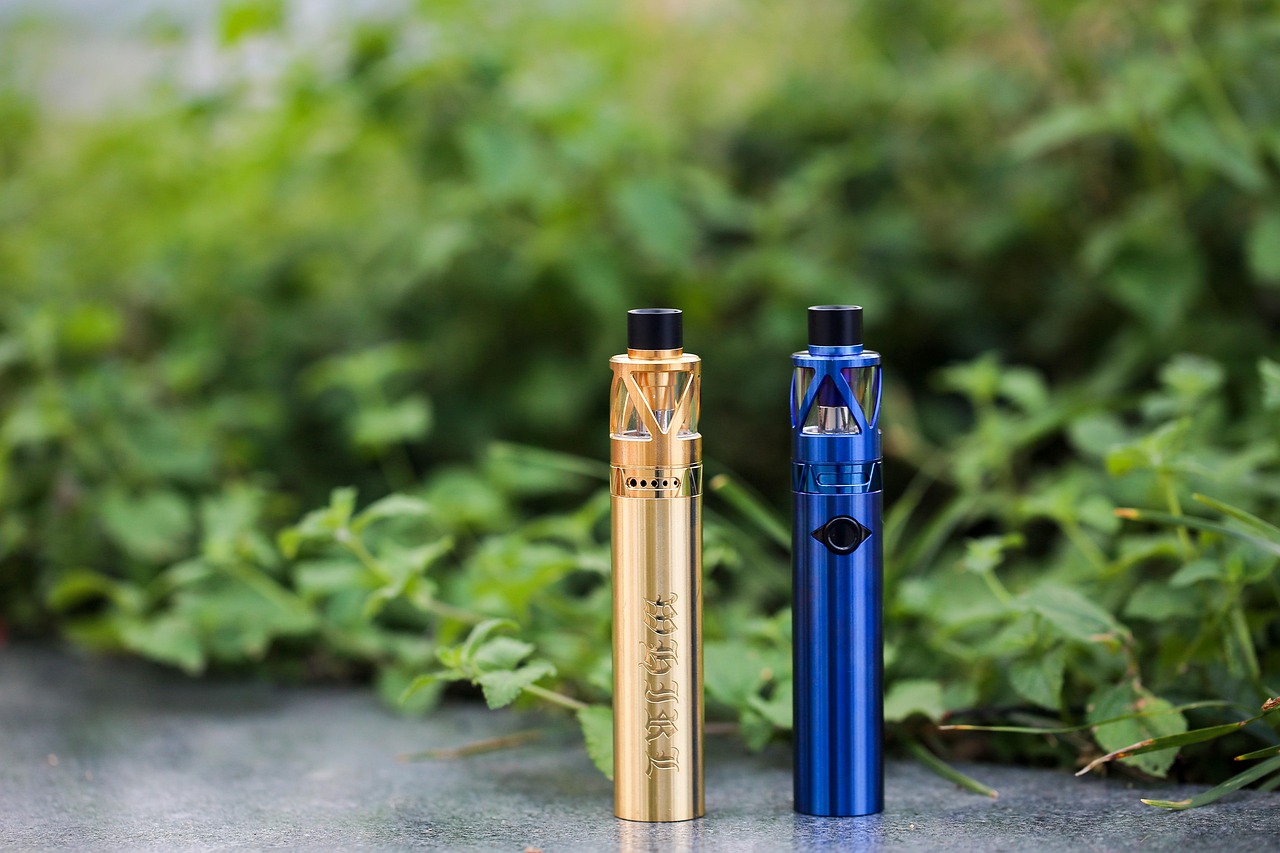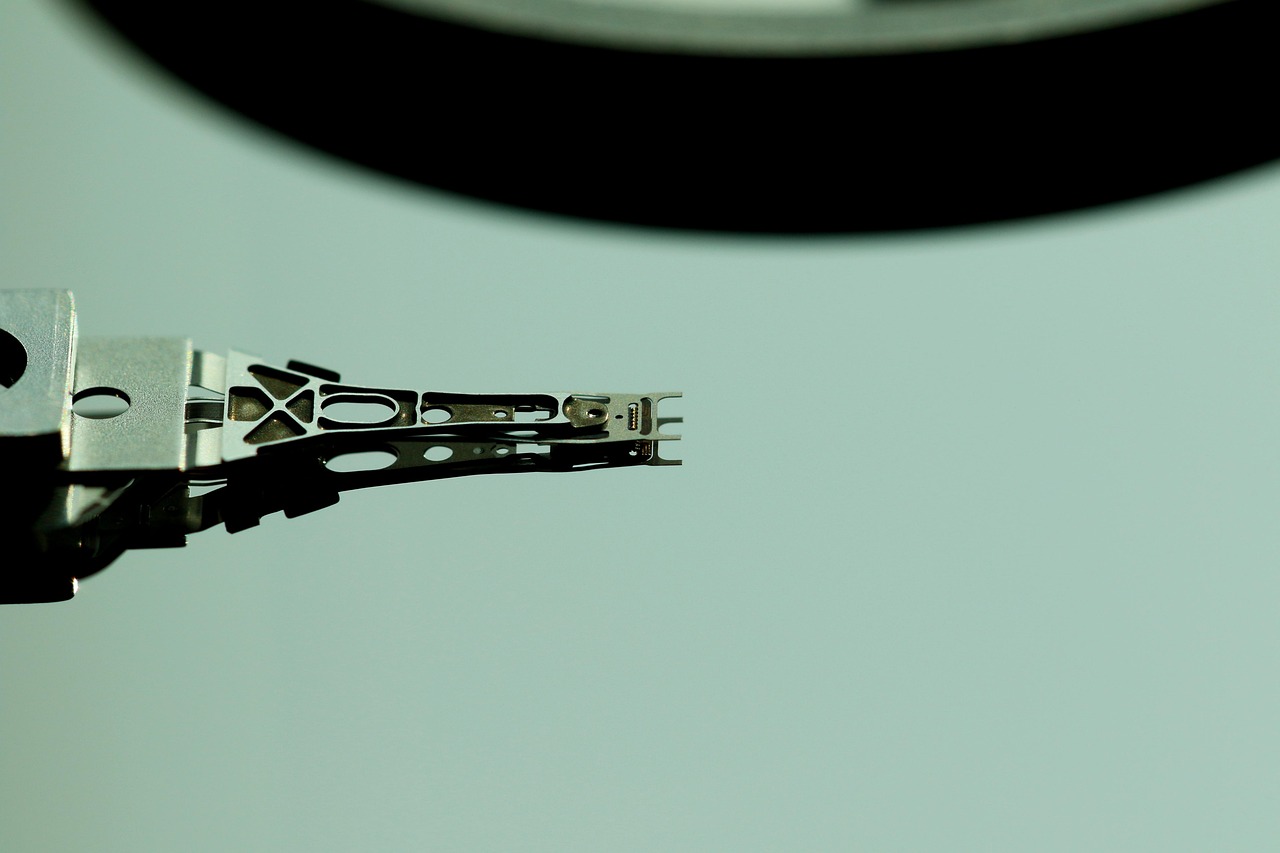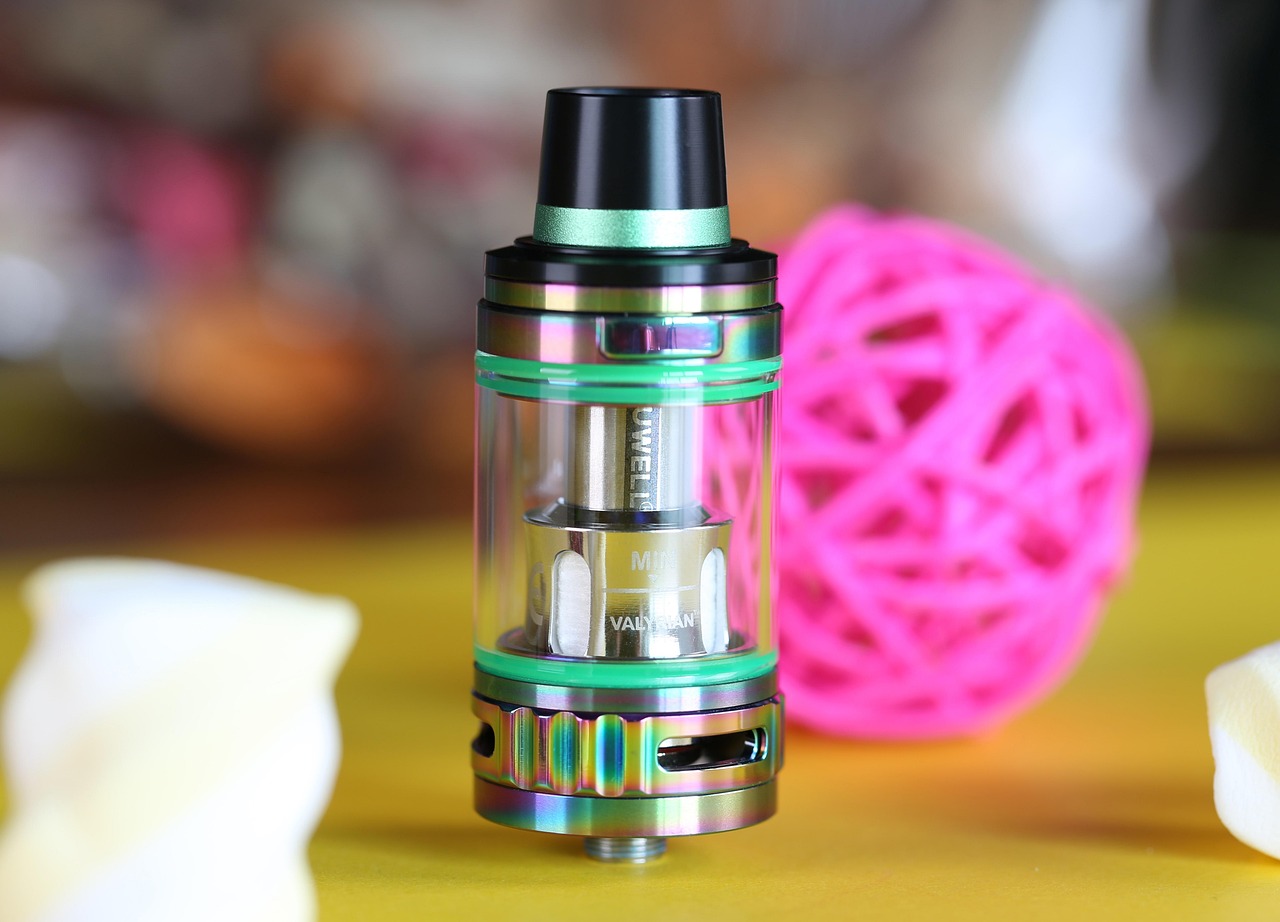The vaping industry has witnessed remarkable transformations over the years, particularly in the realm of battery technology. With a growing emphasis on user experience, advancements in vape battery technology have led to significant improvements in both longevity and charging speeds. This article delves into these advancements, examining how they impact user experience and overall device performance.
Vape batteries are essential components that power vaping devices. Primarily, they are rechargeable batteries, with the most common types being lithium-ion and lithium-polymer. These batteries work by converting chemical energy into electrical energy, which powers the device’s heating element. Understanding the operational mechanisms of these batteries is crucial for users aiming to optimize their vaping experience.
Battery life is a pivotal factor in the vaping experience. A longer battery life means less frequent charging, which is particularly beneficial for frequent vapers. Users can enjoy extended sessions without interruptions, enhancing convenience and usability. Additionally, longer-lasting batteries contribute to a more satisfying overall experience, allowing users to focus on flavor and vapor production rather than power management.
The evolution of vape batteries has been nothing short of extraordinary. Initially, early vaping devices utilized basic battery technology that offered limited performance. However, advancements in battery chemistry and engineering have led to significant improvements. Today’s batteries are designed to provide higher capacities, faster charging times, and enhanced safety features, marking a substantial shift in user experience.
Common battery types in vaping include:
- Lithium-Ion: Known for their high energy density and long cycle life.
- Lithium-Polymer: Offers flexibility in shape and size, often found in compact devices.
Each type has its unique characteristics that cater to different user preferences and device designs.
Charging speed is crucial for vapers, especially those who are often on the go. Faster charging times mean that users spend less time waiting for their devices to be ready. This convenience enhances user satisfaction and makes vaping more accessible. With advancements in fast-charging technology, many modern vape batteries can reach full charge in under an hour, significantly improving the overall experience.
Recent innovations in battery technology have been pivotal in extending battery life. Advances in battery chemistry, such as the development of new materials and energy management systems, have contributed to increased efficiency. These innovations allow batteries to hold more charge and discharge energy more effectively, leading to longer-lasting performance.
While advancements in battery technology have improved safety, potential risks remain. Issues such as overheating, short-circuiting, and improper charging can pose hazards. It is essential for users to follow best practices, such as using the correct charger and avoiding exposure to extreme temperatures, to mitigate these risks effectively.
Proper maintenance is key to prolonging the life of vape batteries. Users can extend battery life by:
- Keeping batteries clean and free from debris.
- Avoiding overcharging and deep discharging.
- Storing batteries in a cool, dry place.
Implementing these practices can significantly enhance battery longevity and performance.
The future of vape batteries looks promising, with ongoing research focused on improving performance and safety. Potential advancements may include even faster charging technologies and batteries with higher energy densities, which could further revolutionize the vaping experience. As technology continues to evolve, users can expect more efficient, reliable, and safer vaping options.
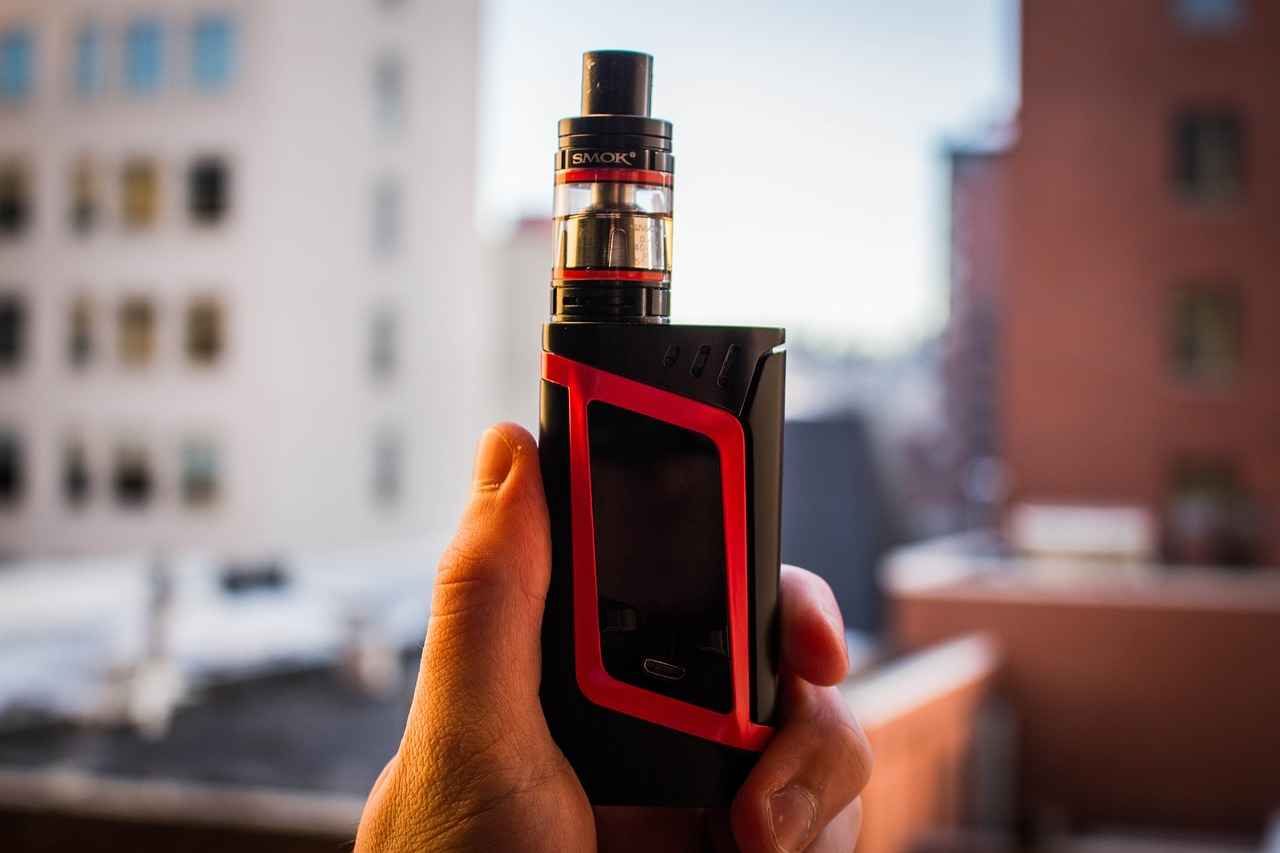
What Are Vape Batteries and How Do They Work?
Understanding the basic principles of vape batteries is essential for users who want to maximize their vaping experience. These batteries are the power source for vaping devices, and knowing how they function can help users make informed choices about their devices and usage. This section will explain the different types of batteries used in vaping devices and their operational mechanisms.
Vape devices typically utilize two main types of batteries: lithium-ion and lithium-polymer. Each type has its unique characteristics that cater to different vaping needs.
- Lithium-Ion Batteries: These are the most common type used in vaping. They are known for their high energy density, which allows them to store a significant amount of energy in a compact size. Additionally, they have a longer lifespan compared to other battery types.
- Lithium-Polymer Batteries: These batteries are lighter and can be made in various shapes, making them versatile for different device designs. They typically have a lower capacity than lithium-ion batteries but can be safer due to their less volatile nature.
Vape batteries operate on the principle of electrochemical energy conversion. When a user activates their device, the battery releases energy that heats the coil, vaporizing the e-liquid. Here’s a brief overview of the operational mechanism:
1. **Charging**: The battery is charged via a USB or dedicated charger, where electrical energy is stored.2. **Discharge**: When the device is activated, the battery discharges energy to the heating element (coil).3. **Vaporization**: The coil heats up and vaporizes the e-liquid, allowing the user to inhale the vapor.4. **Cycle**: This process continues until the battery is depleted, requiring it to be recharged.
Battery capacity, measured in mAh (milliamp hours), indicates how long a battery can last before needing a recharge. For vapers, a higher mAh rating generally means longer usage time between charges. Understanding this metric can help users choose devices that align with their vaping habits.
Several factors can influence the performance of vape batteries:
- Temperature: Extreme temperatures can affect battery efficiency and lifespan.
- Usage Patterns: Frequent use can lead to faster battery depletion.
- Charging Practices: Proper charging techniques can enhance battery longevity.
Safety is crucial when using vape batteries. Users should be aware of potential risks such as overcharging, which can lead to battery failure or even explosions. Always use the recommended charger and avoid exposing batteries to extreme conditions.
In conclusion, understanding vape batteries is vital for users seeking to enhance their vaping experience. By familiarizing themselves with the types, operational mechanisms, and safety practices associated with these batteries, users can make informed decisions that lead to a more satisfying and safer vaping experience.
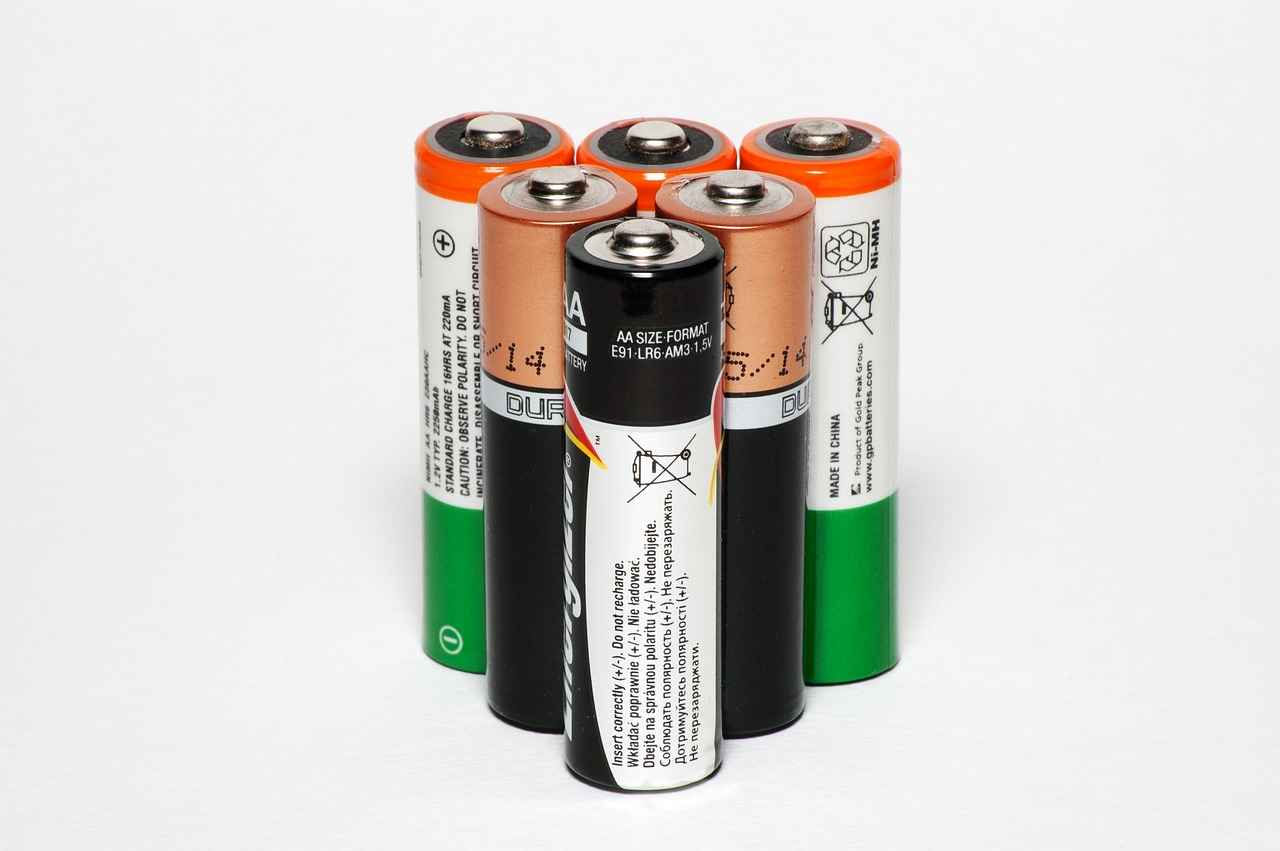
Why Is Battery Life Important for Vaping?
Battery life plays a crucial role in the overall vaping experience. For many users, especially those who vape frequently, the ability to enjoy uninterrupted sessions without the constant need to recharge is vital. Here, we will explore the various aspects of battery life and how it enhances convenience and usability for vapers.
When it comes to vaping, battery life directly impacts not just how long you can vape between charges, but also the overall satisfaction and enjoyment of the experience. Frequent vapers often find themselves in situations where a dead battery can lead to frustration and inconvenience. Let’s delve deeper into the significance of battery life.
- Convenience: Longer battery life means less time spent charging and more time enjoying your vape. For those who use their devices throughout the day, having a battery that lasts significantly reduces the need to carry a charger or seek out a power source.
- Usability: A reliable battery allows users to experience consistent performance from their devices. When a battery is running low, the device may not deliver the same flavor or vapor production, leading to a less satisfying experience.
- Cost-Effectiveness: Investing in a device with a longer-lasting battery can save users money in the long run. Frequent replacements or charging can add up, making it essential to choose a device that offers durability.
- Portability: Many vapers prefer devices that are compact and easy to carry. A device with a robust battery can be more portable, allowing users to enjoy their vaping experience anywhere without the hassle of extra equipment.
The advancements in battery technology have made it possible for modern vaping devices to offer extended battery life. Innovations such as lithium-ion and lithium-polymer batteries have revolutionized the market, allowing for more compact designs without sacrificing power. These batteries not only last longer but also charge faster, making them ideal for users who are always on the go.
Moreover, the development of energy management systems within devices has further optimized battery usage. These systems monitor power consumption and adjust settings to prolong battery life, ensuring that users can enjoy their vaping experience without interruptions.
In summary, the importance of battery life in vaping cannot be overstated. It enhances user experience, provides convenience, and contributes to the overall satisfaction of vapers. As technology continues to evolve, we can expect even better battery performance, making vaping more enjoyable and accessible for everyone.
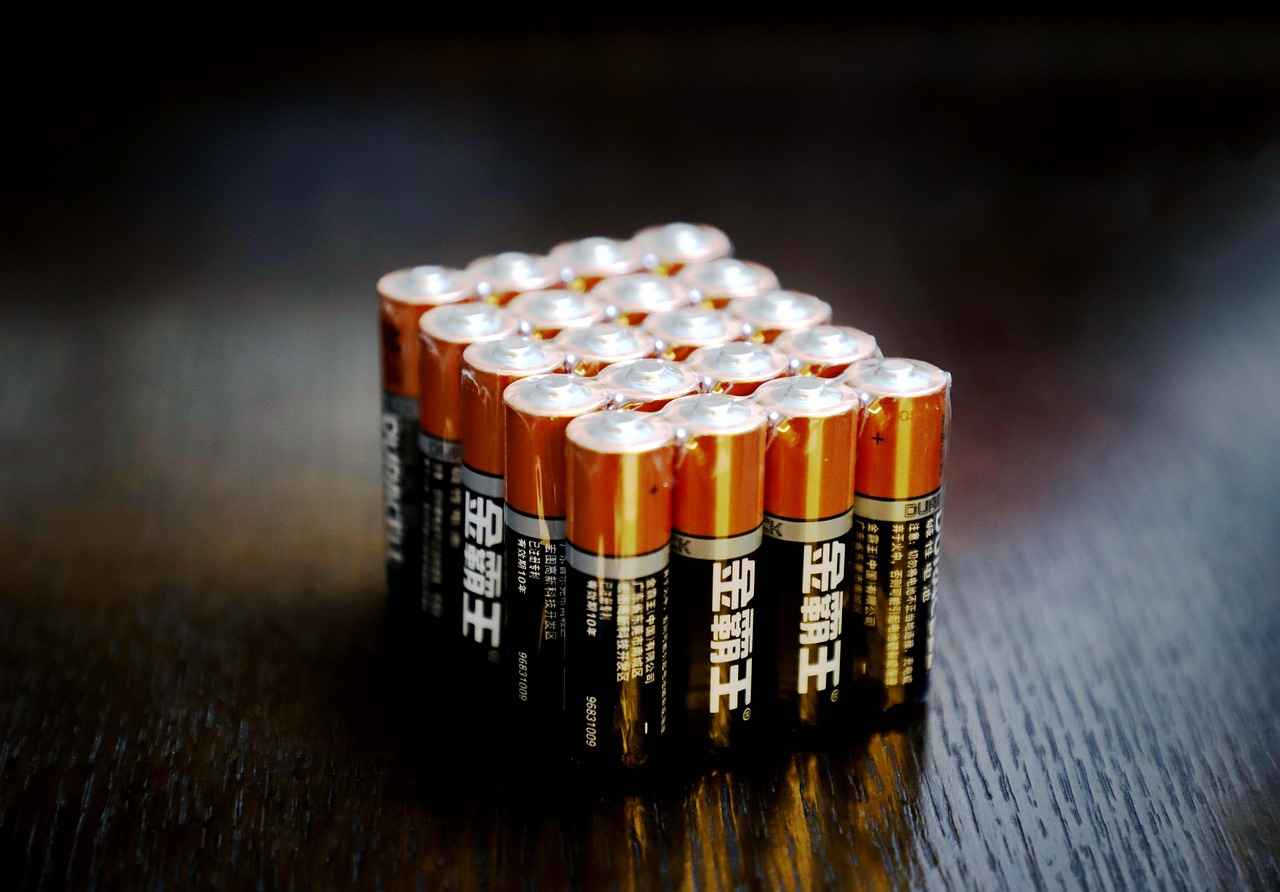
How Have Vape Batteries Evolved Over the Years?
The evolution of vape batteries has been nothing short of remarkable. Over the years, significant advancements in battery technology have transformed the vaping experience, making it more convenient and enjoyable for users. This section will delve into the historical milestones that have shaped modern vaping batteries, highlighting key innovations that have led to longer life and faster charging capabilities.
Initially, early vaping devices relied on basic battery technologies that offered limited performance. These early models often used disposable batteries, which not only contributed to environmental waste but also required frequent replacements. As the demand for more reliable and efficient vaping solutions grew, manufacturers began to explore lithium-ion technology. This marked a pivotal moment in the evolution of vape batteries.
With the introduction of lithium-ion batteries, vapers experienced a significant increase in battery life and efficiency. These batteries allowed for longer usage times between charges, which was essential for those who vaped regularly. Additionally, lithium-ion batteries featured a lighter weight and smaller size, making devices more portable and user-friendly.
As technology progressed, the development of lithium-polymer batteries further revolutionized the vaping landscape. These batteries offered even greater flexibility in design, allowing manufacturers to create sleek and compact devices without compromising on performance. The advancements in battery chemistry also led to improved safety features, reducing the risk of overheating and other potential hazards.
Another key milestone in the evolution of vape batteries was the introduction of fast-charging technology. This innovation allowed users to recharge their devices quickly, minimizing downtime and enhancing the overall vaping experience. As a result, vapers could enjoy their devices without the frustration of long charging times, making vaping more accessible for those with busy lifestyles.
In recent years, the focus has shifted towards enhancing battery longevity through advanced energy management systems. These systems monitor battery performance and optimize energy usage, ensuring that users can enjoy extended vaping sessions without needing to recharge frequently. This has been particularly beneficial for heavy vapers who rely on their devices throughout the day.
Moreover, the integration of smart technology into vape batteries has opened up new possibilities for customization and user experience. Features such as battery life indicators and adjustable power settings allow users to tailor their vaping experience to their preferences, further enhancing satisfaction and usability.
Despite these advancements, safety remains a critical concern in the vaping industry. As vape batteries have evolved, so too have the measures in place to ensure user safety. Manufacturers are now incorporating robust safety features, such as short-circuit protection and temperature regulation, to mitigate risks associated with battery use.
In conclusion, the evolution of vape batteries has been driven by a combination of technological advancements and user demand. From the early days of disposable batteries to the sophisticated lithium-ion and lithium-polymer technologies available today, the journey has been marked by significant milestones that have shaped the modern vaping experience. As we look to the future, continued innovation in battery technology promises to further enhance performance, efficiency, and safety in the vaping industry.
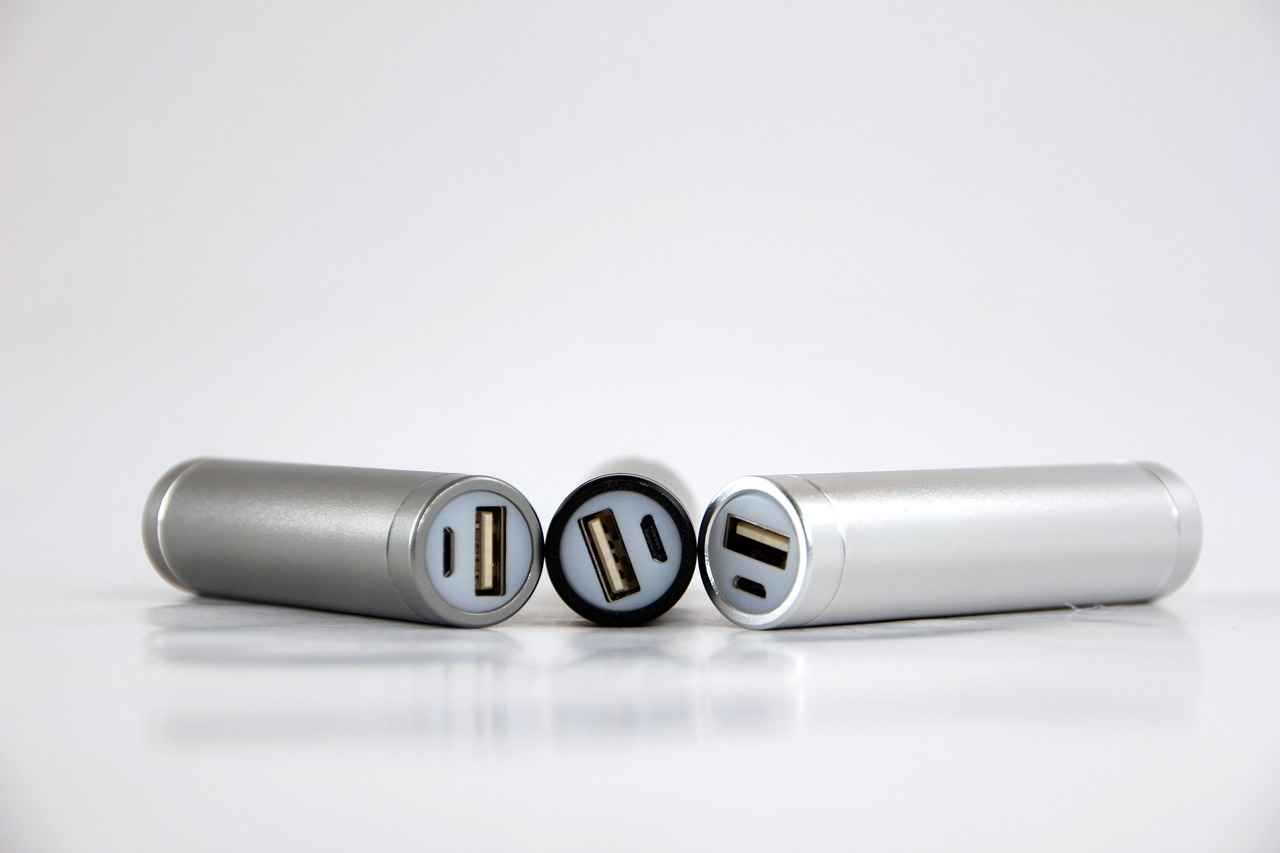
What Types of Batteries Are Commonly Used in Vaping?
When it comes to vaping, the type of battery used can significantly influence the overall experience. Understanding the different battery types and their unique characteristics is essential for both novice and experienced vapers. This section will explore the most common battery types used in vaping, focusing on their benefits and drawbacks.
Lithium-ion batteries are the most widely used batteries in vaping devices. Known for their high energy density, these batteries can store a substantial amount of energy relative to their size. This feature allows for longer vaping sessions without needing frequent recharges.
- Advantages: Quick charging capabilities, lightweight, and a long cycle life.
- Disadvantages: Can be sensitive to temperature extremes and require proper handling to avoid risks.
Lithium-polymer batteries are another popular option in the vaping community. These batteries offer a flexible design, allowing manufacturers to create slimmer and more compact devices. They also have a lower risk of leakage compared to lithium-ion batteries.
- Advantages: Lightweight, can be molded into various shapes, and generally safer in terms of leakage.
- Disadvantages: Typically, they have a lower energy density than lithium-ion batteries, which can result in shorter battery life.
Nickel-Metal Hydride (NiMH) batteries are less common in modern vaping devices but still have their place. They are known for being environmentally friendly and can be a good alternative for those looking for a rechargeable option.
- Advantages: Less toxic materials, good performance at low temperatures.
- Disadvantages: Lower energy density compared to lithium-based batteries, leading to shorter usage times.
Rechargeable batteries, such as lithium-ion and lithium-polymer, offer significant benefits over disposable options. They are cost-effective in the long run and reduce environmental waste. Moreover, users can choose the capacity that best suits their vaping habits, ensuring a more personalized experience.
The choice of battery type can greatly impact the performance of a vaping device. For instance, devices powered by lithium-ion batteries tend to deliver more consistent power output, resulting in better flavor and vapor production. On the other hand, devices with lithium-polymer batteries may offer more compact designs, appealing to users who prioritize portability.
When selecting a battery for vaping, users should consider factors such as capacity, discharge rate, and size. Higher capacity batteries will last longer between charges, while those with a higher discharge rate can provide more power for sub-ohm vaping.
In summary, understanding the various types of batteries used in vaping is crucial for enhancing the overall experience. Whether opting for lithium-ion, lithium-polymer, or NiMH batteries, users should weigh the advantages and disadvantages of each type to find the perfect match for their vaping needs.
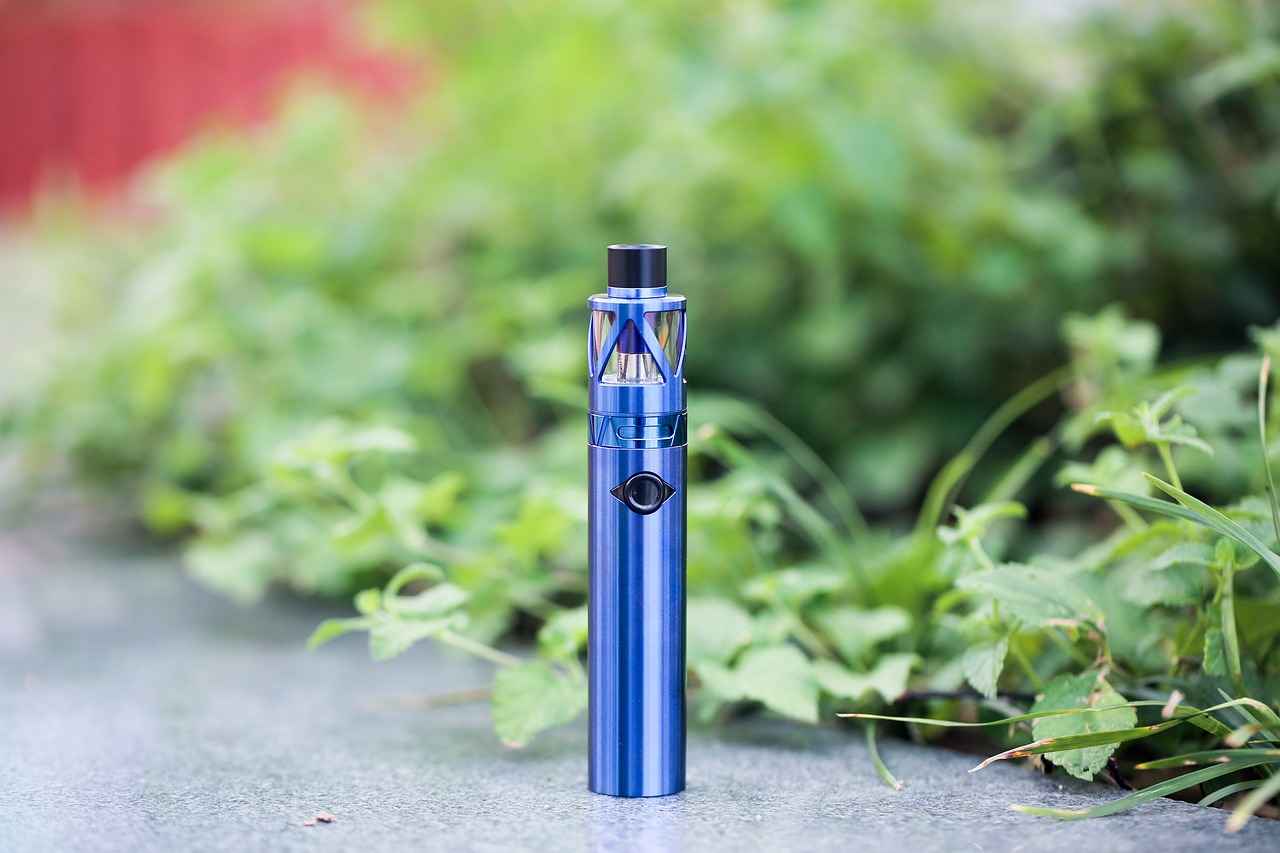
How Does Charging Speed Affect the Vaping Experience?
In the fast-paced world of vaping, charging speed has become a critical factor for users who are always on the move. The ability to quickly recharge devices not only enhances user satisfaction but also significantly impacts the overall vaping experience. This section will delve into how faster charging times contribute to a seamless and enjoyable vaping journey.
For many vapers, waiting for their devices to charge can be a frustrating experience. Traditional charging methods may take hours, leading to downtime that disrupts the enjoyment of vaping. However, advancements in battery technology have led to rapid charging solutions, allowing users to power up their devices in a fraction of the time. This improvement means that vapers can enjoy their favorite flavors without lengthy interruptions, making the experience much more convenient.
Furthermore, faster charging times enhance device readiness. Users can quickly recharge their devices between sessions, ensuring that they are always prepared to vape when the moment strikes. This accessibility is particularly beneficial for those who vape frequently or are out and about. In situations where a quick puff is desired, having a fully charged device can make all the difference.
Additionally, the psychological aspect of charging speed cannot be overlooked. Knowing that a device can be charged rapidly provides users with a sense of freedom and flexibility. It alleviates the anxiety of running out of battery at inconvenient times, allowing vapers to focus on their experience rather than worrying about their device’s charge level.
Moreover, the integration of fast-charging technologies, such as USB-C and advanced power management systems, has revolutionized the way vapers interact with their devices. These technologies not only reduce charging times but also optimize power delivery, ensuring that the battery is charged safely and efficiently. This means that users can enjoy longer vaping sessions without the fear of damaging their devices or compromising safety.
In summary, the impact of charging speed on the vaping experience is profound. Faster charging times enhance user satisfaction by improving device readiness and accessibility, allowing vapers to enjoy their experience without interruption. As technology continues to evolve, we can expect further advancements that will make vaping even more convenient and enjoyable for users everywhere.
| Benefits of Faster Charging | Description |
|---|---|
| Convenience | Quickly recharge devices to minimize downtime. |
| Device Readiness | Ensures users are always prepared to vape. |
| Psychological Freedom | Reduces anxiety about battery life and availability. |
| Safety | Utilizes advanced technologies for efficient charging. |
- USB-C Charging: A modern solution for faster data and power transfer.
- Power Management Systems: Optimize charging efficiency and safety.
- Battery Health: Rapid charging can maintain battery longevity when done correctly.
Faster charging is not just a luxury; it has become a necessity for vapers who value their time and experience. As we move forward, innovations in charging technology will continue to shape the vaping landscape, ensuring that users can enjoy their devices without the hassle of long wait times.

What Innovations Are Driving Longer Battery Life?
In the ever-evolving world of vaping, one of the most critical aspects that has seen substantial advancements is battery technology. As users become more reliant on their devices, the demand for batteries that last longer and charge faster has surged. This section delves into the latest technological innovations that are reshaping the landscape of vape batteries.
Recent innovations have significantly enhanced battery longevity. One of the primary advancements is in battery chemistry. Traditional lithium-ion batteries have been improved with the introduction of new materials, such as silicon anodes, which allow for higher energy density. This means that batteries can store more energy without an increase in size, leading to longer usage times between charges. Furthermore, advancements in electrolyte formulations have resulted in batteries that can operate efficiently at a wider range of temperatures, thus enhancing their overall performance.
Energy management systems have also played a crucial role in extending battery life. These systems optimize how energy is used within the device, ensuring that power is conserved when the device is not in use. For instance, smart chips can monitor battery levels and adjust the power output accordingly, preventing unnecessary drain and prolonging the battery’s lifespan. Additionally, regenerative charging technologies are being explored, which allow batteries to recharge through kinetic energy generated during use, providing a sustainable way to extend battery life.
Another significant innovation is the development of fast-charging technology. Users no longer have to wait hours for their devices to recharge. With advancements in charging protocols, such as USB Power Delivery and Qualcomm Quick Charge, batteries can reach full charge in a fraction of the time compared to older models. This not only enhances user convenience but also encourages more frequent use, as users can quickly recharge and resume vaping without long interruptions.
Moreover, manufacturers are increasingly focusing on battery safety alongside longevity. Enhanced safety features, such as built-in overcharge protection and thermal management systems, ensure that batteries operate safely, minimizing risks such as overheating or short-circuiting. These innovations not only protect the user but also contribute to the overall durability of the battery, allowing it to maintain its performance over time.
As technology continues to advance, we can expect further innovations in battery life and efficiency. Research into solid-state batteries is gaining momentum, promising even greater energy densities and safety profiles. These batteries replace the liquid electrolyte with a solid material, which could potentially eliminate many of the risks associated with traditional batteries.
In conclusion, the innovations driving longer battery life in vaping devices are multifaceted, ranging from enhanced battery chemistry to advanced energy management systems and fast-charging technologies. As these advancements continue to develop, users can look forward to a more efficient and enjoyable vaping experience, characterized by longer-lasting power and improved safety.
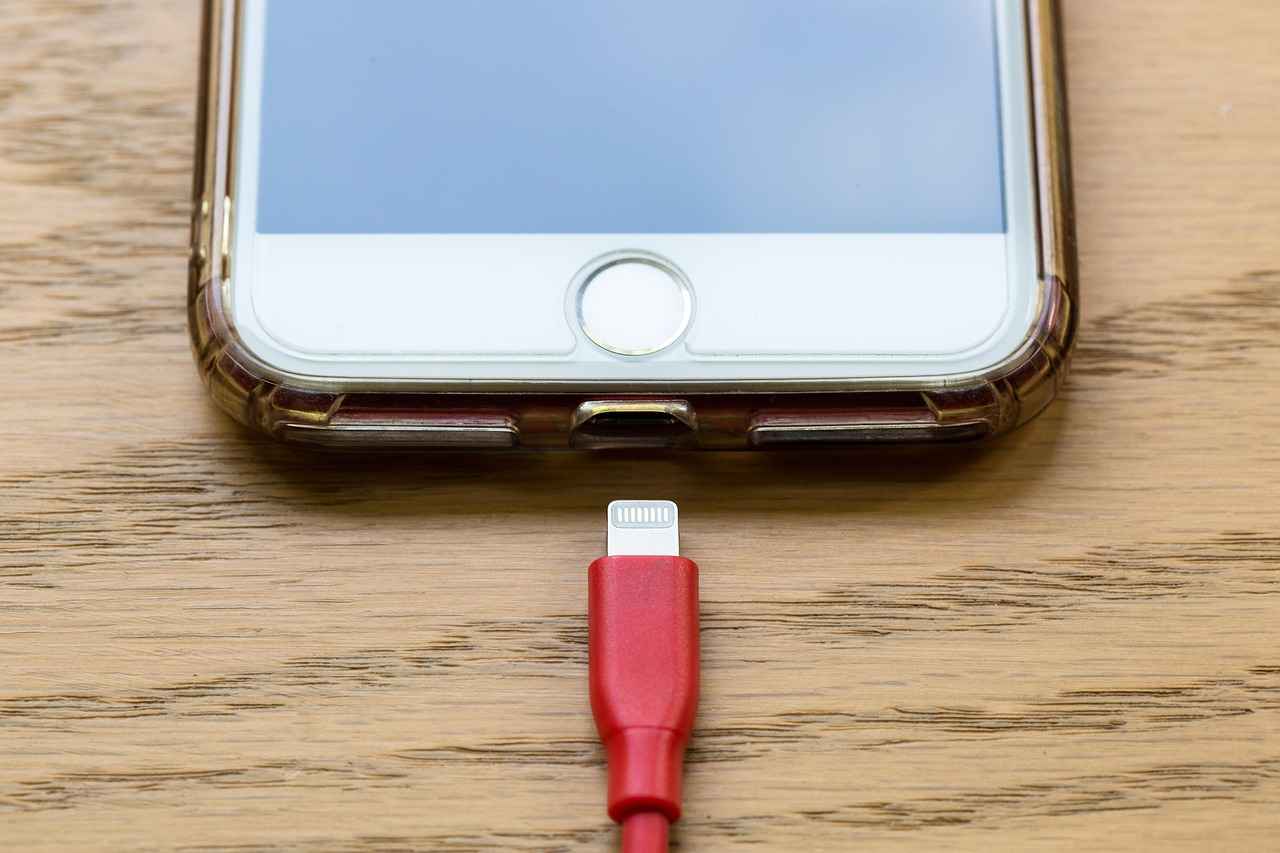
Are There Safety Concerns with Vape Batteries?
When it comes to vaping, safety is of utmost importance, especially regarding the use of vape batteries. As vaping continues to grow in popularity, understanding the potential risks associated with battery use is essential for all users. This section will delve into the various safety concerns linked to vape batteries, including overheating, short-circuiting, and effective strategies to mitigate these risks.
Overheating is one of the most significant dangers associated with vape batteries. When a battery overheats, it can lead to a series of hazardous situations, including:
- Battery swelling: This occurs when the internal components of the battery expand due to excessive heat, potentially leading to leaks or ruptures.
- Thermal runaway: A condition where the battery’s temperature rises uncontrollably, which can result in fires or explosions.
To prevent overheating, users should avoid exposing their batteries to extreme temperatures and ensure that their devices are turned off when not in use.
Short-circuiting happens when electrical current flows along an unintended path, often due to damaged or improperly installed batteries. This can result in:
- Fire hazards: A short circuit can generate enough heat to ignite nearby materials.
- Battery damage: Frequent short-circuiting can lead to permanent damage, reducing the battery’s lifespan and performance.
To mitigate the risk of short-circuiting, users should always inspect their batteries for signs of wear and tear, such as frayed wires or dents, and ensure they are using compatible devices.
To enhance safety while using vape batteries, consider the following precautions:
- Use quality batteries: Always opt for reputable brands and avoid counterfeit products, which may not meet safety standards.
- Proper storage: Store batteries in a cool, dry place and use protective cases to prevent physical damage.
- Regular maintenance: Clean battery contacts and ensure connections are secure to minimize the risk of malfunction.
Awareness of battery safety is crucial for vapers. By understanding the potential risks and implementing best practices, users can significantly reduce the chances of accidents. Moreover, being informed about battery specifications and compatibility with devices can enhance overall vaping safety.
In summary, while vape batteries are essential for the vaping experience, they come with inherent risks. By being vigilant and following safety guidelines, users can enjoy their vaping sessions without compromising their safety. Always prioritize education and awareness when it comes to battery usage, ensuring a safer vaping environment for everyone.
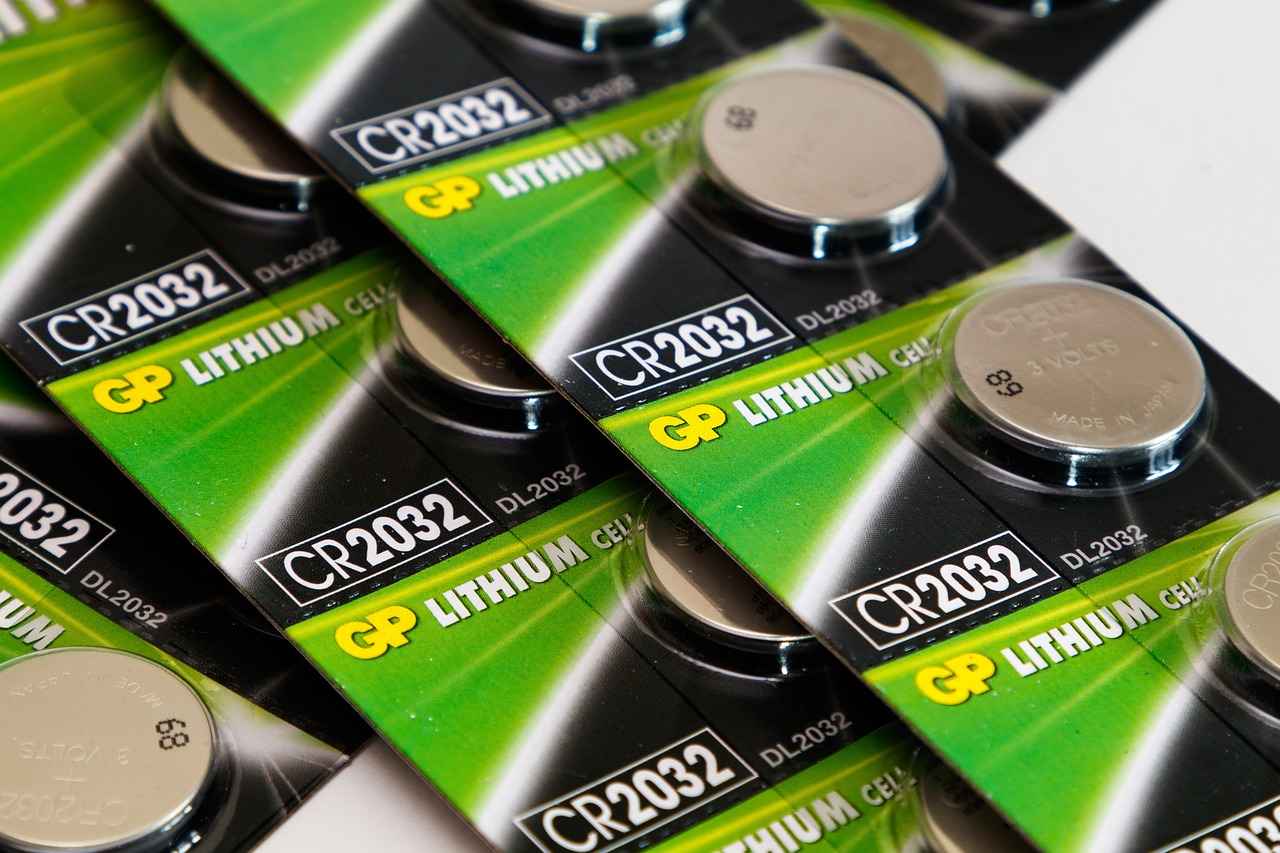
How Can Users Extend the Life of Their Vape Batteries?
When it comes to enjoying a satisfying vaping experience, the longevity of your vape battery plays a crucial role. Proper maintenance can significantly extend the life of your vape batteries, ensuring you get the most out of your investment. In this section, we will explore practical tips and best practices that users can adopt to maximize the lifespan of their vape batteries.
- Store Batteries Properly: Always store your batteries in a cool, dry place. Extreme temperatures can damage the battery cells. Avoid leaving them in hot cars or near heat sources.
- Keep Terminals Clean: Regularly check and clean the battery terminals to ensure a good connection. Dirt or residue can lead to poor performance and reduced battery life.
- Avoid Overcharging: Overcharging can lead to battery swelling and reduced lifespan. Use a charger designed for your specific battery type and unplug it once fully charged.
- Don’t Fully Deplete: Lithium-ion batteries, commonly used in vaping, perform best when not fully discharged. Try to recharge your battery when it reaches around 20% capacity.
- Use the Right Charger: Always use a charger that is compatible with your battery. Mismatched chargers can cause overheating and damage.
- Monitor Battery Health: Keep an eye on your battery’s performance. If you notice a decrease in vapor production or a longer charging time, it may be time to replace the battery.
- Limit Heavy Usage: If possible, avoid using your vape device continuously for long periods. Allowing the battery to cool down between uses can help maintain its health.
- Opt for Quality Batteries: Invest in high-quality batteries from reputable brands. Cheaper alternatives may save money initially but can lead to poor performance and safety issues.
By implementing these best practices, users can significantly enhance the lifespan of their vape batteries. Regular maintenance not only ensures a better vaping experience but also promotes safety and efficiency. Remember, a little care goes a long way in preserving your vape battery’s health and performance.

What Does the Future Hold for Vape Battery Technology?
The future of vape battery technology is on the brink of significant transformation. As the demand for vaping devices continues to grow, manufacturers and researchers are focusing on enhancing battery performance, efficiency, and safety. This article will delve into the anticipated trends and advancements that promise to reshape the vaping landscape.
One of the most exciting developments in vape battery technology is the emergence of solid-state batteries. Unlike traditional lithium-ion batteries, solid-state batteries use a solid electrolyte, which can lead to higher energy density and improved safety. This innovation not only enhances battery life but also reduces the risk of leaks and explosions, addressing prevalent safety concerns in the vaping community.
As technology advances, battery efficiency is expected to see remarkable improvements. Enhanced energy management systems are being developed to optimize power consumption. These systems allow for smarter usage of battery life, ensuring that devices can operate longer without frequent recharging. Additionally, the integration of regenerative charging technology could allow batteries to recharge themselves through kinetic energy generated during use, further extending their lifespan.
With growing environmental concerns, sustainability is becoming a crucial factor in battery production. Manufacturers are exploring the use of recyclable materials and developing batteries that are less harmful to the environment. This shift not only helps in reducing waste but also appeals to eco-conscious consumers who are increasingly prioritizing sustainable products.
As the vaping industry evolves, so too will the regulations governing it. Future advancements in vape battery technology will likely be accompanied by stricter safety standards. Regulatory bodies are expected to enforce more rigorous testing protocols to ensure that batteries meet safety requirements, thus minimizing risks associated with overheating and short-circuiting.
The future of vape batteries is not just about longevity and safety; it’s also about enhancing the overall user experience. Innovations such as smart batteries equipped with Bluetooth technology will allow users to monitor battery health and performance through mobile applications. This level of control and information empowers users to make informed decisions about their vaping devices.
Charging technology is set to undergo significant advancements, with the introduction of fast charging capabilities becoming more widespread. Future vape batteries may support ultra-fast charging, allowing users to recharge their devices in a matter of minutes rather than hours. This improvement will be particularly beneficial for vapers who are always on the go.
Despite the promising future of vape battery technology, challenges remain. The transition to new battery types, such as solid-state batteries, requires substantial investment and research. Additionally, educating consumers about these advancements and ensuring compatibility with existing devices will be crucial for widespread adoption.
In conclusion, the future of vape battery technology is filled with potential advancements that promise to enhance performance, efficiency, and safety. As innovations continue to emerge, users can look forward to a more reliable and enjoyable vaping experience.
Frequently Asked Questions
- What types of batteries are commonly used in vaping?
The most common types of batteries used in vaping are lithium-ion and lithium-polymer batteries. Lithium-ion batteries are popular for their high energy density and long life, while lithium-polymer batteries are known for being lightweight and flexible, making them ideal for compact devices.
- How can I extend the life of my vape batteries?
To maximize the lifespan of your vape batteries, consider these tips: always charge your batteries with the recommended charger, avoid overcharging, store them in a cool, dry place, and regularly clean the contacts to ensure a good connection.
- What safety concerns should I be aware of with vape batteries?
Safety is crucial when using vape batteries. Be aware of potential risks like overheating, short-circuiting, and physical damage. Always inspect your batteries for signs of wear and follow manufacturer guidelines to mitigate these risks.
- How do charging speeds impact my vaping experience?
Faster charging speeds are a game-changer for vapers, especially those on the go. Quick charging means less downtime, allowing you to enjoy your vaping experience without long waits. It’s all about convenience!
- What innovations are currently driving longer battery life in vaping?
Recent advancements in battery chemistry and energy management systems are leading the charge for longer battery life. These innovations help improve efficiency and ensure that your device can keep up with your vaping needs.


